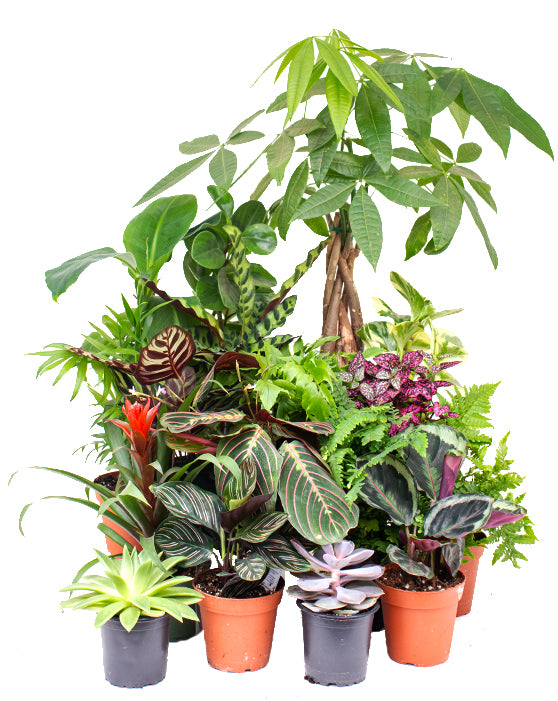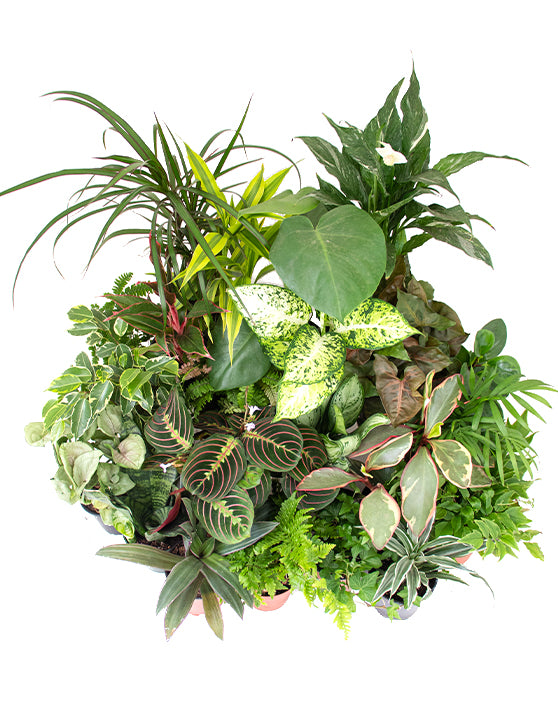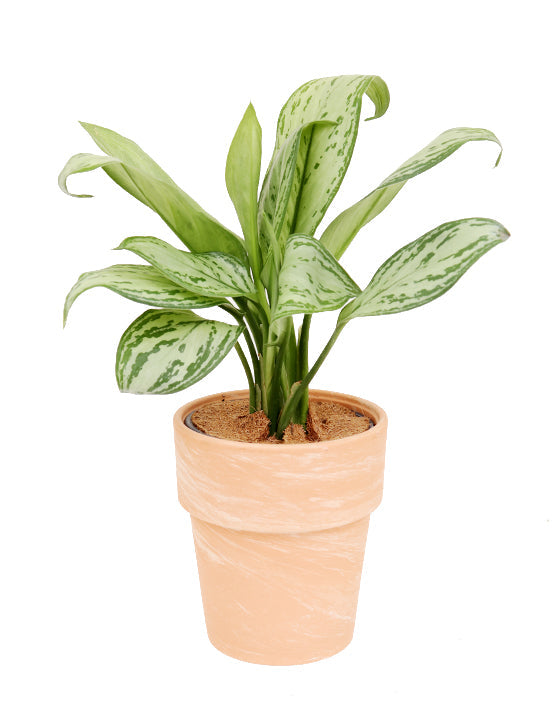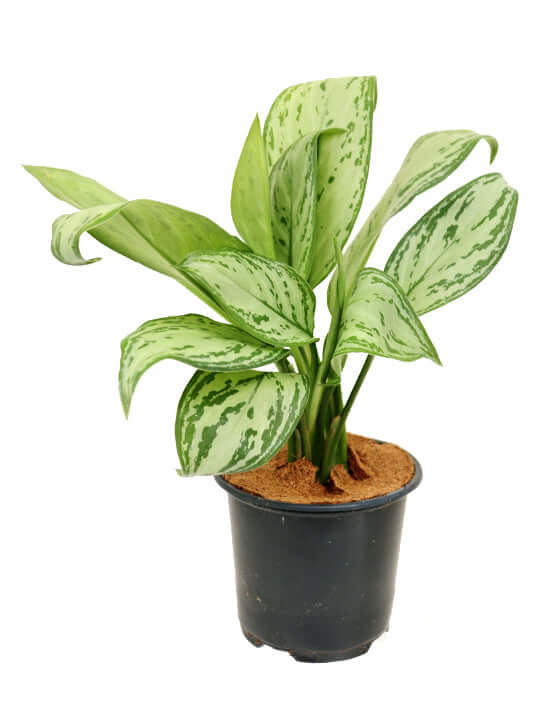
Bringing Your Tropicals Inside

When the temperature outside starts to drop and you debate if it’s time to put on your fall jackets, then it's time to bring your tropical non-hardy plants inside.
Here are our steps for winterizing your houseplants.
When: Bring your plants in earlier than later
One of the common concerns and worries we hear about is people bringing their houseplants inside late in the season and being surprised when the plant doesn’t react well. I’ll admit to having this same problem myself. Waiting just one more week to enjoy those Fan Palm Trees or my Giant Elephant Ear Alocasia.
But remember, your plants don’t like sudden changes to their environment, especially going from full sun, humid and cooler fall weather to indoor light, dry and warm inside controlled air.
Moving plants can cause a shock at the best of times resulting in leaf loss or some browning, so it’s best to eliminate additional concerns when it comes to temperature or weather.
Don't risk the frost and low temperatures! Try to bring plants while nighttime temperatures are still above 10 degrees celsius. Avoiding colder nights will allow plants to go through less of a shock when transitioning.
What: Spray soil and plant for insects and mould
Are bugs, flies and other critters going to come inside with your plant? Quite possibly. The soil of your plants may contain little friends that will journey into your home. There may also be passengers on the plants themselves. The trick here is to avoid the ones that will cause harm to other plants or your home.
We suggest first removing any dead, diseased or broken parts of your plant. These are sure to cause issues further down the line. Then, place your plants in the shower and use insecticidal soap on your soil to avoid bringing insects into your home or to other houseplants. Spray and clean leaves with water and your insecticidal soap. Concentrating on those plants that you may have visibly seen insects on or other spores and diseases. You can also use lime sulfur to avoid mould and fungus. Remember to take off any yellowing leaves to give your plant the best start inside.
Note* Do not place your transitioning plants next to other plants and soil that are already inside your home until this spraying process is complete. Doing so will assist in unwanted problems from spreading.
Tip* If you do not have a shower available, a garbage bag can substitute. Place the bag around the plant and spray inside. Make sure to remove the bag as soon as possible when complete.
What: Water and refresh your plants
Now that you’ve cleaned your plants and soil. Give your plants a good soak and let them dry. You can even do this while they are still in the shower. Your air will be dryer inside and will wick water away. Allow your plants to get moisture to ease the stress caused by the transitioning from coming inside.
If a plant enjoys humidity but you're concerned with overwatering, use a misting spray bottle to moisten leaves every few days. If your plant is close to a vent, spray more often.
Note* some plants such as those in the cactus or succulent families will require less water once inside. Transition these plants to receiving less frequent waterings and become frequent again in the spring before bringing these plants back outside.
What: A day in the sun
Do you like coming back from a sunny holiday to a dark room or office? If you said no, you’re not the only one. Your plants just left from a full day spa of sun, humidity and all the nutrition your outdoors had to offer. Just because it’s time to come back inside, a dark corner is surely not going to cut it.
Try to mimic the conditions your plant thrives in outside when inside as well. Palms will want indirect, bright light, succulents will want full sun, and ferns will want low light areas but still 4 hours of sun. Remember this as well as daylight hours get shorter.
Ensure there are no drafts through a window or doorways that will surprise your plants and avoid areas next to vents when possible. They will be sure to let you know quickly if this happens.
Remember: Your plants will go through a transition
Try to keep your plants in the same conditions as they were when outside. Remember your plants will go through a transition phase due to changes in water, light and sun.
Winter is also the time for most plants to conserve energy and slow down through a dormant period. Avoid giving fertilizers during this time to allow plants to adjust and become happy in their new environment. You can fertilize in the new year as you get your plants ready for the new spring season.
After a transition period that may take a couple of weeks, your plants will add life to your home all winter long.
For more information about individual plants visit our plant care guide.









